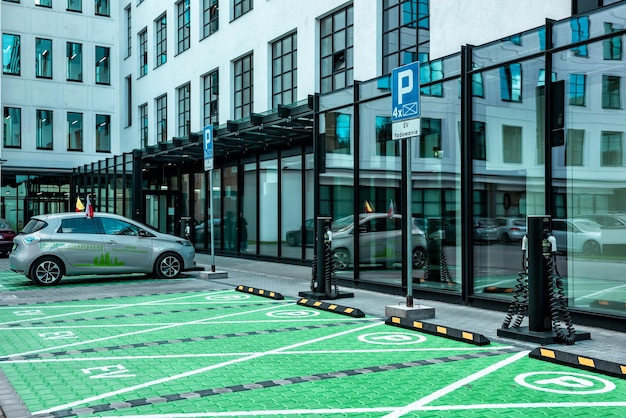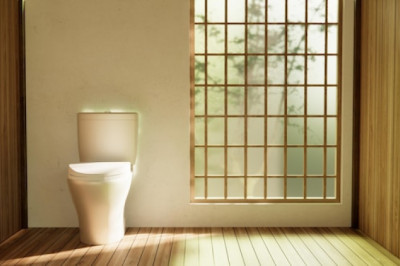Electric Vehicles (EVs): Leading the Charge towards Green Transportation

Electric vehicles, powered by electricity stored in batteries, are at the forefront of the shift towards sustainable mobility. Unlike conventional vehicles that rely on fossil fuels, EVs produce zero tailpipe emissions, reducing air pollution and greenhouse gas emissions. The technology behind EVs has seen rapid advancements, leading to improvements in battery life, charging infrastructure, and vehicle range. However, the environmental impact of EVs is not entirely negligible, as the production of batteries and the source of electricity (if not renewable) can still contribute to carbon emissions. Despite these challenges, EVs represent a step forward in the quest for cleaner, more sustainable transportation.
Hydrogen Fuel Cell Vehicles (FCVs): A Promising Alternative

Hydrogen fuel cell vehicles operate by converting hydrogen gas into electricity, which then powers the vehicle's motor. Unlike EVs, FCVs can be refueled as quickly as conventional cars and often offer a longer driving range, making them an attractive option for both personal and commercial transportation. The only byproduct of this process is water vapor, making FCVs an incredibly clean transportation solution. However, challenges remain, including the high cost of hydrogen production, the need for specialized refueling infrastructure, and concerns about the efficiency of hydrogen production and distribution. Despite these hurdles, ongoing research and development efforts aim to make hydrogen a viable, sustainable fuel source for the future of mobility.
Charging Infrastructure: The Backbone of Electric Mobility

The expansion and accessibility of charging infrastructure are crucial for the widespread adoption of electric vehicles. The current landscape includes a mix of slow, fast, and ultra-fast charging stations, catering to different needs and scenarios. Urban areas are seeing an increase in public charging points, while home charging solutions are becoming more affordable and efficient. Innovations such as wireless charging and mobile charging services are also on the rise, aiming to enhance convenience for EV users. Governments and private companies are collaborating to expand the charging network, addressing one of the most significant barriers to EV adoption. As infrastructure improves, it paves the way for a smoother transition to electric mobility.
Environmental Impact: Assessing the True Sustainability of EVs and FCVs
While EVs and FCVs offer a cleaner alternative to fossil fuel-powered vehicles, assessing their true environmental impact requires a comprehensive view. This includes considering the entire lifecycle of the vehicles, from production through to disposal. The sustainability of FCVs depends largely on how hydrogen is produced; currently, the majority comes from natural gas, which undermines their environmental benefits. Renewable energy sources, such as wind and solar power, are key to making both EVs and FCVs genuinely sustainable options. Efforts to improve battery recycling and develop green hydrogen production methods are vital steps towards minimizing the environmental footprint of these vehicles.
Future Prospects: Navigating the Road Ahead for Sustainable Mobility
The journey towards sustainable mobility is filled with challenges and opportunities. Technological innovations, policy support, and consumer acceptance will shape the future of EVs and FCVs. Autonomous driving technologies, combined with electric and hydrogen propulsion, could further reduce emissions and improve traffic efficiency. Collaboration across industries and borders is important to address the hurdles facing EVs and FCVs. As we move forward, fostering innovation and embracing change will be crucial in realizing the vision of a sustainable, zero-emission transportation system.











Comments
0 comment